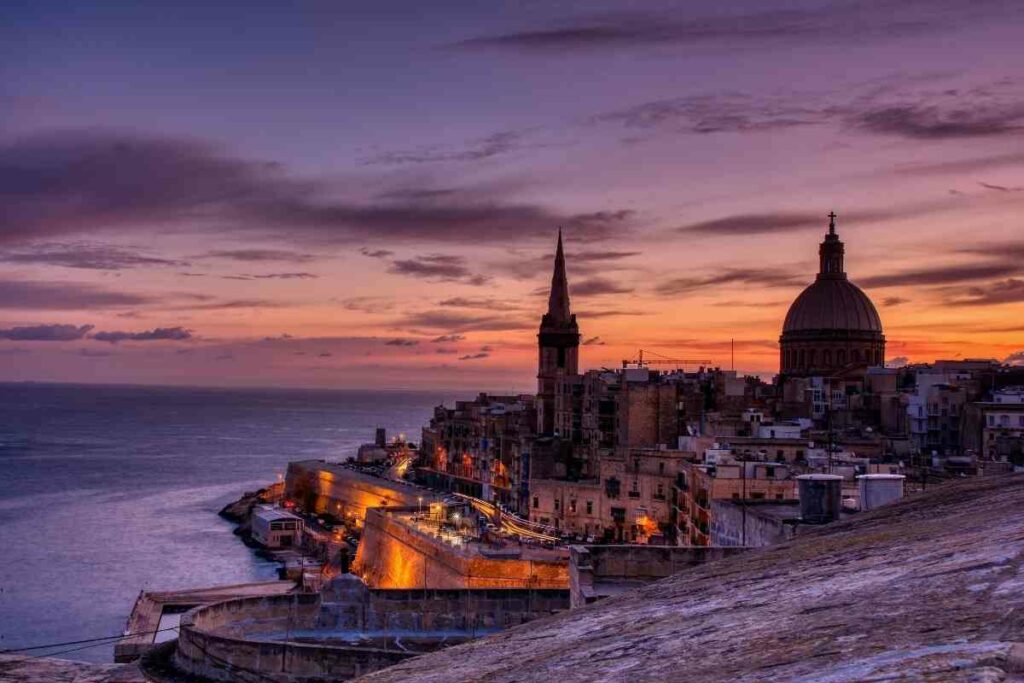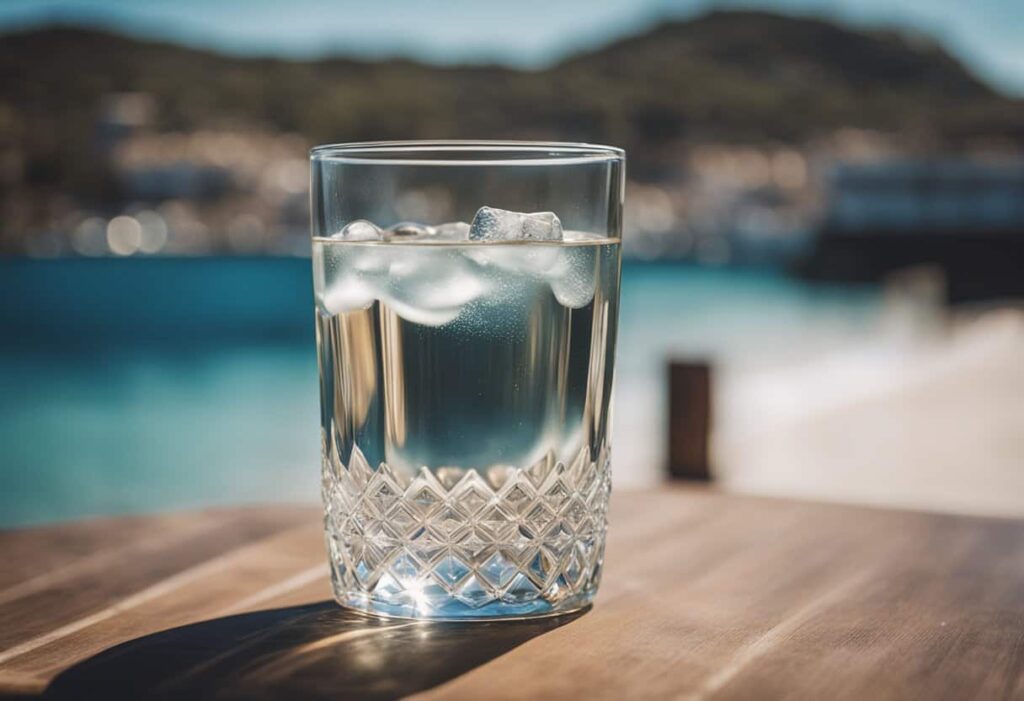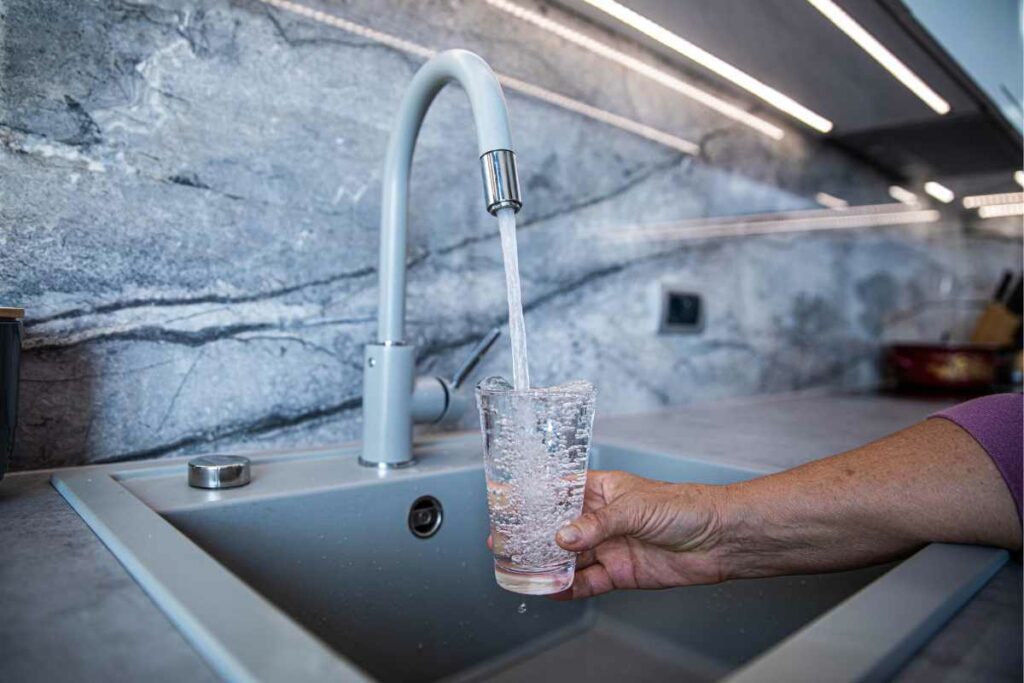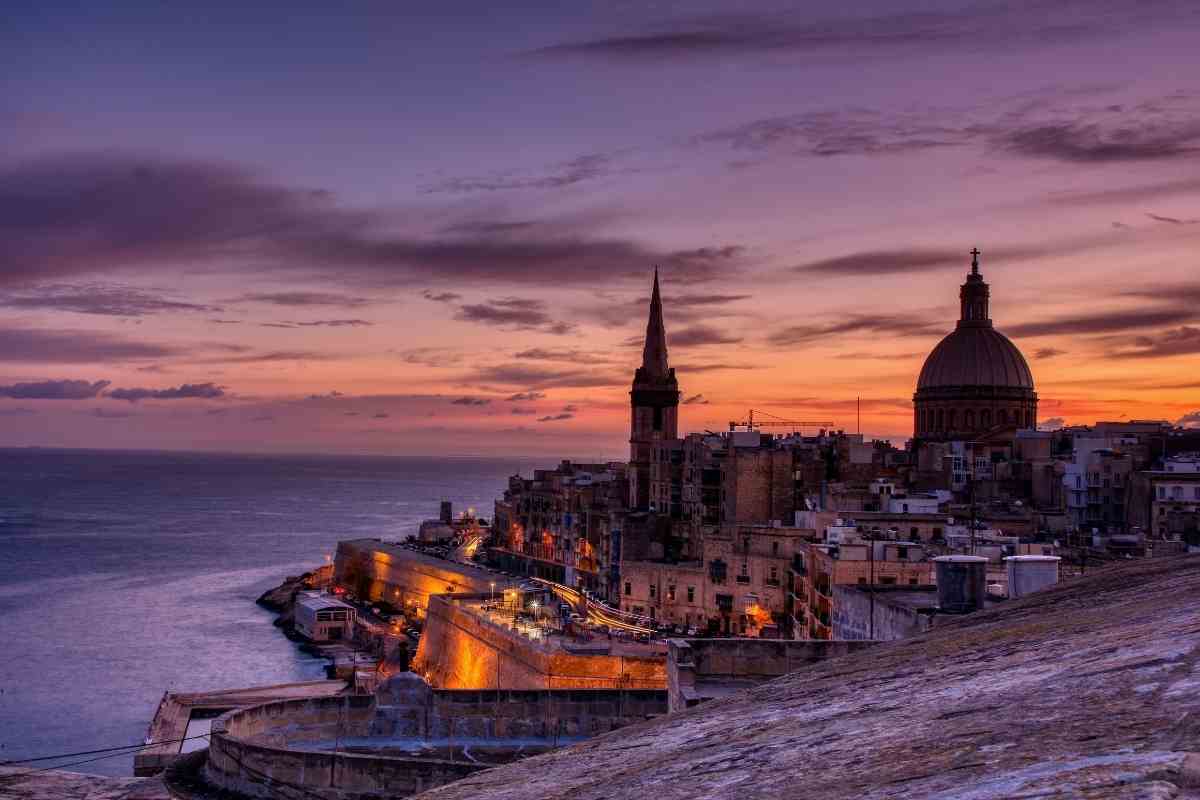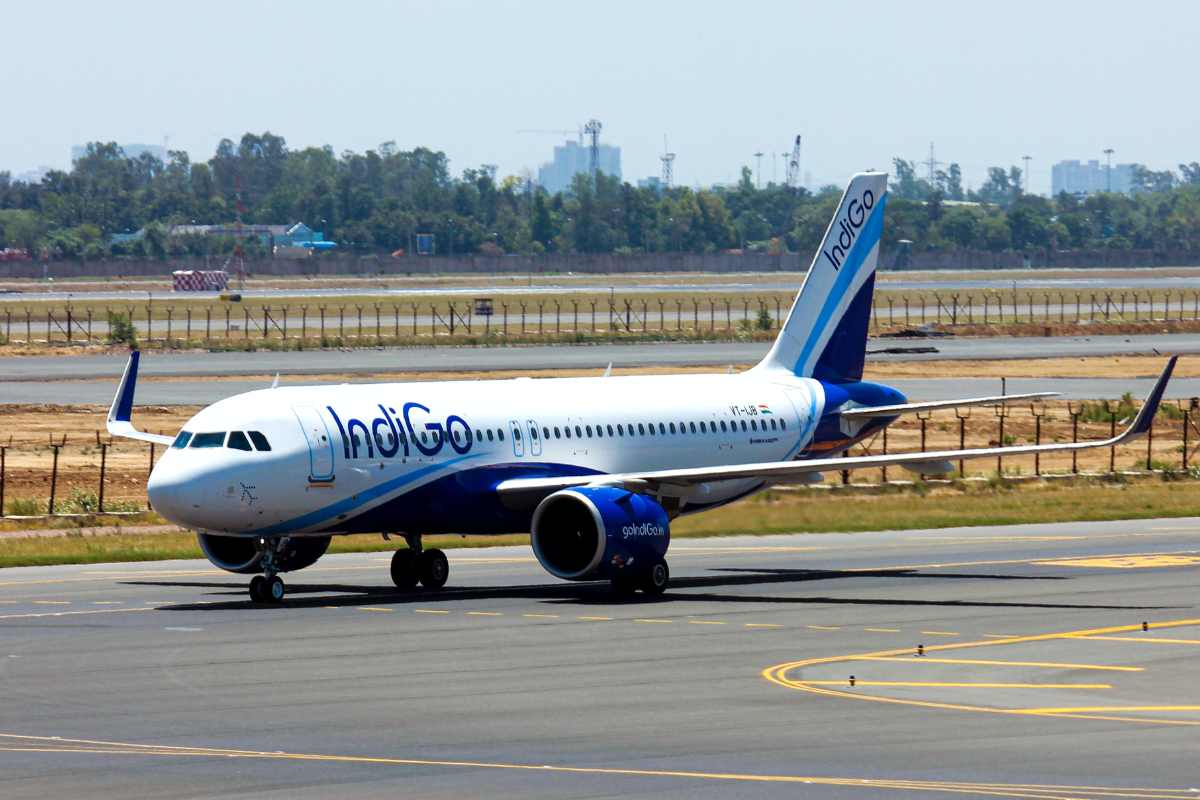I have been fascinated by the important historical sites and landmarks of Serbia that draw tourists in year after year for quite some time.
Adding to that, the delicious cuisine, growing art scene, and stunning natural beauty pique my curiosity.
My boyfriend and I decided to take a trip to Serbia to find out more about its culture and what its people are known for.
Serbian Culture
Serbia has a rich and diverse culture. It’s a real melting pot of Slavic, Byzantine, Ottoman, and Austro-Hungarian roots.
This multifaceted history has helped to shape its long-standing cultural traditions.
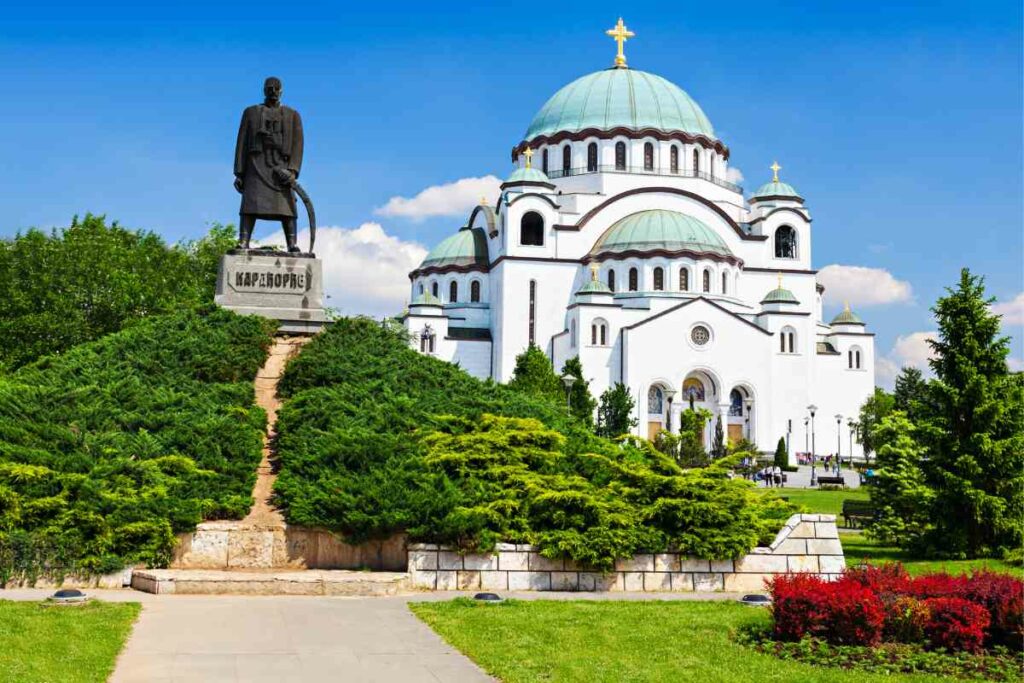
Here are some of the main features of Serbian culture we wanted to explore:
- Religion: The dominant religion in Serbia is Serbian Orthodox Christianity. This impacts the country’s cultural customs and traditions significantly. Evidence of religion was very prominent in all the towns we visited.
- Cuisine: Serbians are proud of their hearty and tasty dishes such as cevapi (grilled meat) and sarma (stuffed cabbage rolls) and ajvar (roasted pepper spread).
- Folklore: Traditional music, dance, and costumes vary across the different regions, and the locals were so friendly wherever we went, and were always keen to share stories with us.
- Language: Serbian is the main language spoken. It is written using the Cyrillic alphabet.
Serbian culture is vibrant and diverse, enjoying a blend of historical, religious, and regional inspirations.
This culture is continuing to adapt and evolve in the modern world, which is so exciting to see.
Serbia has an incredibly diverse population. Serbs are the largest ethnic group, followed by Hungarians, Roma, and Bosnians. Most of the population is Christian, with the Serbian Orthodox Church being a central denomination as well.
Also Read 📖
Recently, Serbia has experienced significant political and social changes. The country continues to face challenges related to corruption, economic development, and growing ethnic tensions.
We never experienced any unease during our visit; we found everyone to be so friendly and welcoming.
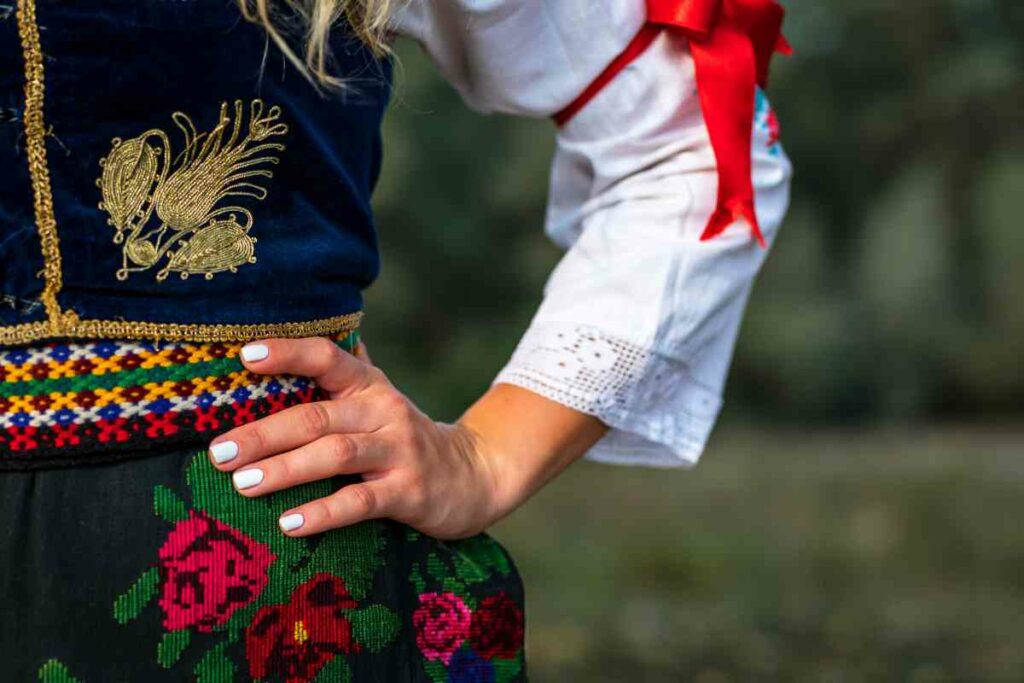
The Serbian economy is mainly based on agriculture and industry, with steel, textiles, and food products making up the bulk of the exports. We saw so many factories everywhere we went!
Many people are not aware of its success in this area, but Serbia is also known for its IT industry, with many startups and tech companies based in Belgrade.
Before visiting, we read about the incredible art and architecture in Serbia.
Over the years, the Byzantine and Ottoman empires strongly impacted this. We saw examples of this world-renowned architecture, the Studencia and Sopocani monasteries, and the stunning Belgrade Fortress, which must be seen to be believed.
Belgrade, Serbia’s capital city, has a long history, with evidence of human settlement that dates to prehistoric times. My boyfriend really wanted to visit here as he loves history.
The city has been inhabited by various civilizations, including the:
- Celts
- Romans
- Byzantines
- Ottomans
- and Austro-Hungarians
Modern Belgrade is also known for its vibrant nightlife scene.
The variety of bars, clubs, and restaurants offers something for everyone. Generally, places stay open until the early hours of the morning.
Some top nightlife spots we visited include:
- Skardarlija: This is the historic, bohemian quarter and is famous for its traditional Serbian restaurants, street performances, and live music. We enjoyed a few drinks there, but the atmosphere did get a bit lively for us later on!
- Savamala: This riverside area is full of trendy bars, nightclubs, and art galleries. Popular with young locals and tourists, many venues stay open until dawn.
- Cetinjska: This street offers a more laid-back and relaxing atmosphere and has become popular in just the last few years. This was our favorite spot!
Food and Drink
Serbian people are very proud of their rich cuisine.
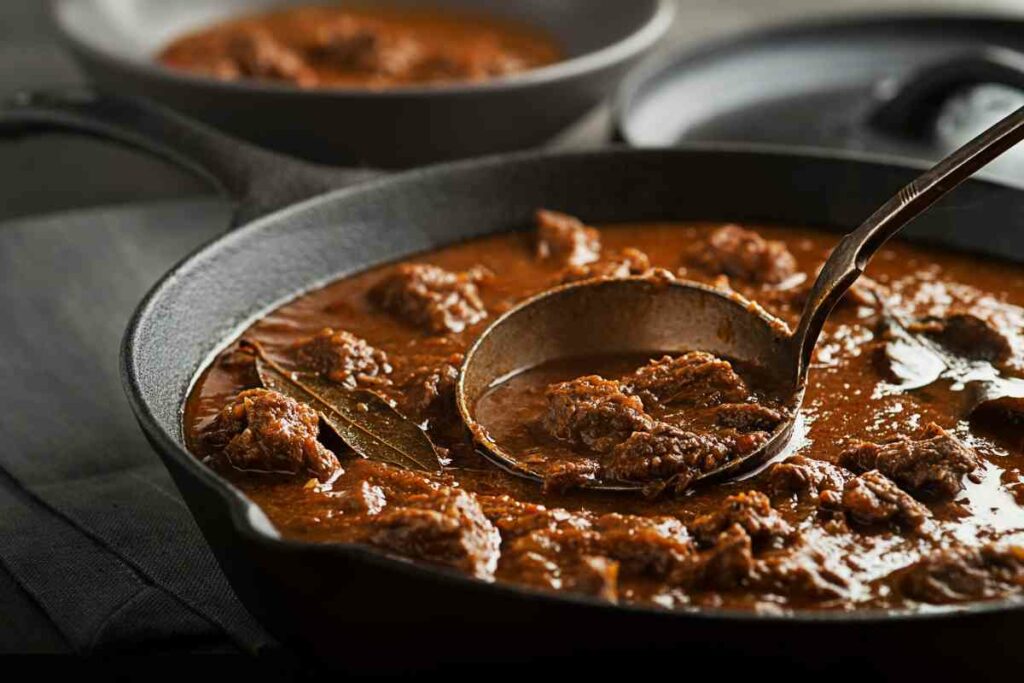
They take influence from Turkish, Hungarian, Austrian, and Greek dishes, putting their own delicious spin on some popular meals.
Some popular Serbian foods are:
- Pljeskavica – a grilled meat patty made from beef or pork and served on a traditional flatbread.
- Karađorđeva šnicla – breaded and fried veal stuffed with kajmak and ham, often served with mashed potatoes and tartar sauce.
- Goulash – a type of stew traditionally made with beef, onions, and paprika. Definitely our favorite!
- Pasulj – a bean stew made with smoked meat, onions, and various spices.
- Prebranac – baked beans with onion and spices, typically served as a side dish.
Another incredibly well-known dish we tried is cevapcici.
It’s a Serbian national dish, which is also very popular in many Balkan countries such as Bosnia and Herzegovina, Croatia, Slovenia, Albania, and Montenegro.
Ćevapčići is a grilled meat sausage seasoned with paprika, garlic, and onion, they are often served with chopped onions and ajvar.
It’s absolutely delicious, and we are going to try and make this back at home.
Also Read 📖
Serbians have a very rich tradition of drinks, both alcoholic and non-alcoholic.
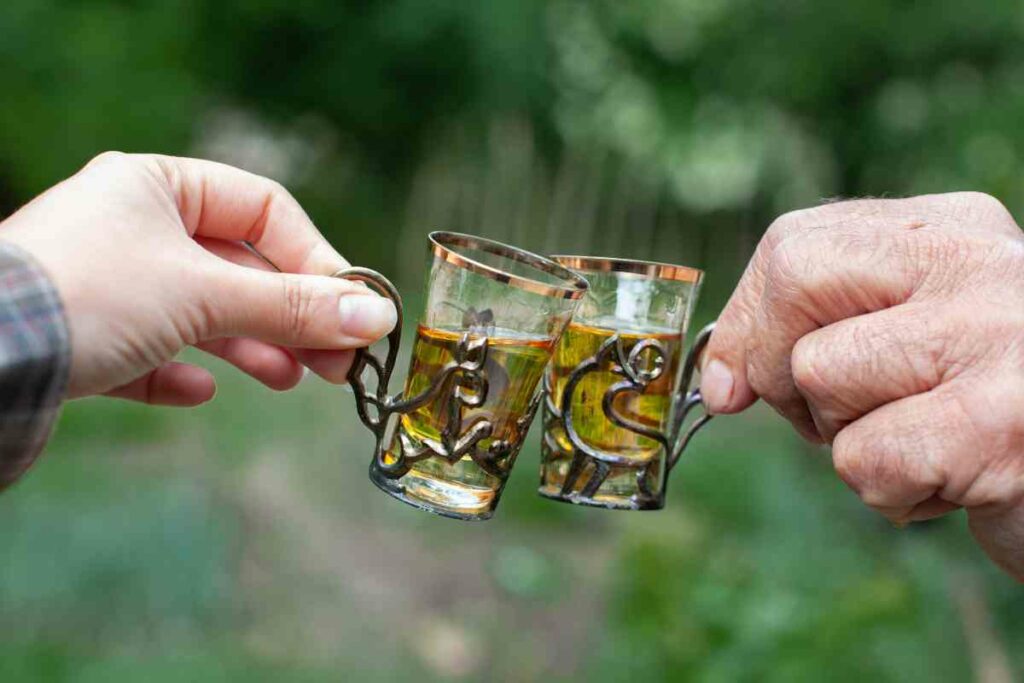
Here are a few drinks we came across:
- Rakija: A popular Serbian brandy made from different fruits such as pear, apple, grape, and quince. It is usually served as an aperitif or digestif. We tried an apple flavor, and it was incredibly strong!
- Vinjak: A brandy made from wine, vinjak is usually aged for a few years and has a deep, rich flavor as a result.
- Medovina: A type of mead, which is a fermented honey drink quite popular in parts of Serbia. Often, spices are added to give depth of flavor and it is served warm. This was lovely, but a bit too sweet for me.
- Jelen Pivo: A popular Serbian beer, that was first brewed in 1756. It is a light, refreshing lager with a crisp taste and is enjoyed by many. My boyfriend became a huge fan of these beers on our trip!
Serbian Sports

Some of the most traditional sports in Serbia are:
- Ovčarsko kablarska trka: An annual horse race held in the Ovčar-Kablar Gorge in western Serbia. The race first started in the 19th century and includes both local and international riders.
- Streljačka: A traditional Serbian shooting sport that involves firing a small lead ball at a target. It requires both accuracy and skill and is often played in teams.
- Prstenovanje: A traditional Serbian game that involves throwing a small metal ring onto a peg. The game is played in teams and requires a combination of skill and luck.
- Klikeri: A game played with small glass marbles. The object of the game is to knock your challenger’s marbles out of a circle drawn on the ground.
It’s obvious when visiting that Serbia is proud of its strong sporting traditions.
Some of the most popular sports in the country include soccer, volleyball, basketball, handball, water polo, tennis and boxing, and martial arts.
Football is popular in Serbia. The country’s top league is called SuperLiga and features 16 teams. Nationally, Serbia has had some success in international competition, even reaching the World Cup in 2010, and the European Championships in 2016.
Basketball is a sport with a strong tradition in Serbia, the Serbian national team has won many medals in international competitions, including a gold medal at the 1995 EuroBasket. Sports were shown in almost all the bars we went to!
The Serbian national volleyball team has also won numerous awards in international competitions, including a silver medal at the 2018 World Championships. Volleyball is a particularly popular sport among Serbians.
Novak Djokovic is probably Serbia’s most famous athlete and has won many Grand Slam titles, as well as being ranked the No.1 player for a long time. He is seen as a national hero.
Natural Beauty
Serbia is known for its breathtaking natural beauty, including many national parks, lakes rivers, and mountains.
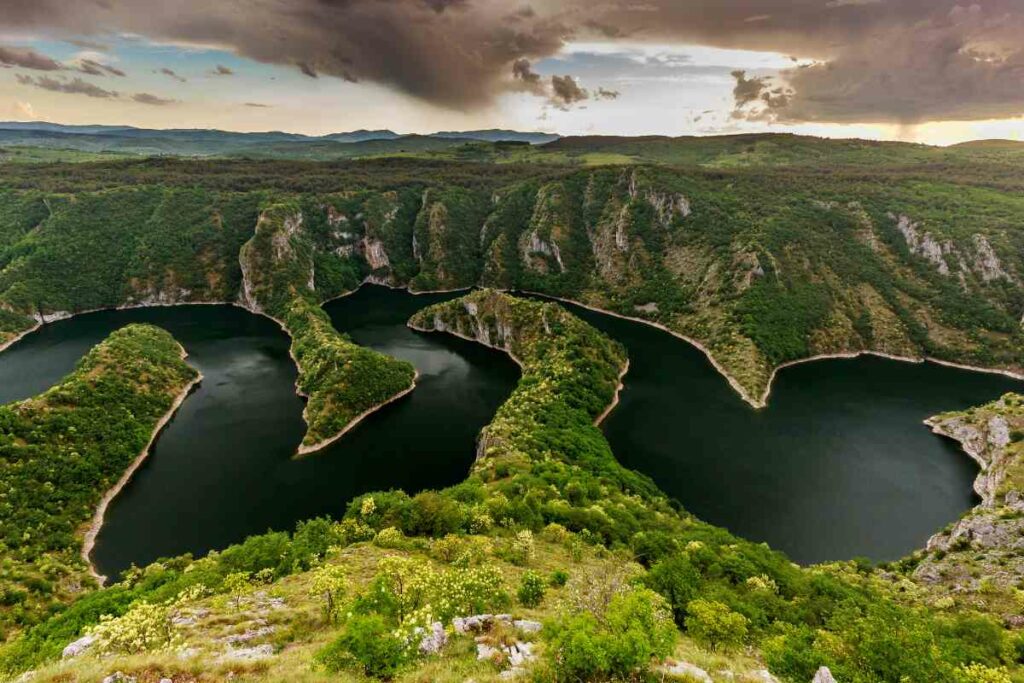
We were lucky enough to visit:
- The Davolja Varos rock formations: Also known as Devil’s Town, Đavolja Varoš is a unique rock formation in southern Serbia consisting of tall, spiky rock pillars formed by erosion.
- The Drina River Canyon: A stunning canyon in western Serbia known for its deep river gorge, steep cliffs, and unique rock formations.
- Uvac River Gorge: A natural wonder located in western Serbia. It is a picturesque canyon carved out by the Uvac River. It is famous for its unique meandering shape, as well as its rich habitats.
- Drina River: This forms the border between Serbia and Bosnia and Herzegovina. The river flows through a picturesque gorge with steep cliffs and beautiful blue waters. It is a popular destination for rafting, kayaking, and swimming among many Serbians and tourists.
- Tara National Park: Home to the deepest canyon in Europe.
The beautiful country of Serbia enjoys diverse natural landscapes, ranging from stunning mountain ranges to lush green landscapes, forests, rivers, and lakes. We didn’t realize just how picturesque it is!
The Djerdap National Park is in the Eastern region and features the famous Djerdap Gorge, which is amazing to see.
It is a natural wonder that stretches along the Danube River, with crystal clear waters and incredibly steep cliffs – a word of warning here if you don’t have a head for heights, like me!
Famous Serbians
Some of the most notable Serbians are:
- Nikola Tesla: A Serbian American inventor who contributed to the development of the AC electrical system. His inventions and contributions have had a lasting impact on modern technology.
- Novak Djokovic: Born in Belgrade, Serbia in 1987 and widely regarded as one of the greatest tennis players of all time.
- Emir Kusturica: Considered one of the most famous filmmakers of the Balkans. He has won many international awards for his films.
- Ana Ivanovic: A now retired professional tennis player known for her grace and sportsmanship. She won many international titles.
- Milorad Pavic: A famous writer and literary theorist. He was born in Belgrade in 1929 and studied literature and philosophy at the University of Belgrade.
Final Thoughts on What Serbians are Known For
We found the Serbian people to be some of the most friendly and outgoing people we have met on our travels and are very open and chatty. Some people from more reserved cultures may find this too much.
Serbian culture is known for being rich, and diverse, offering both natural beauty and entertaining nightlife. There really is something for everyone in Serbia!
- What Is Malta Famous For? Malta Local History and Past Events
- Can You Drink Tap Water in Ibiza? Crucial Facts for Safe Hydration
- Can You Drink the Tap Water in Lanzarote? Essential Facts for Travelers
- Can you drink the tap water in Crete? Essential Guide for Travelers
- Can You Drink Tap Water in Tenerife? An Expert’s Guide
- Can You Drink the Tap Water in Croatia? Guide for Travelers

